
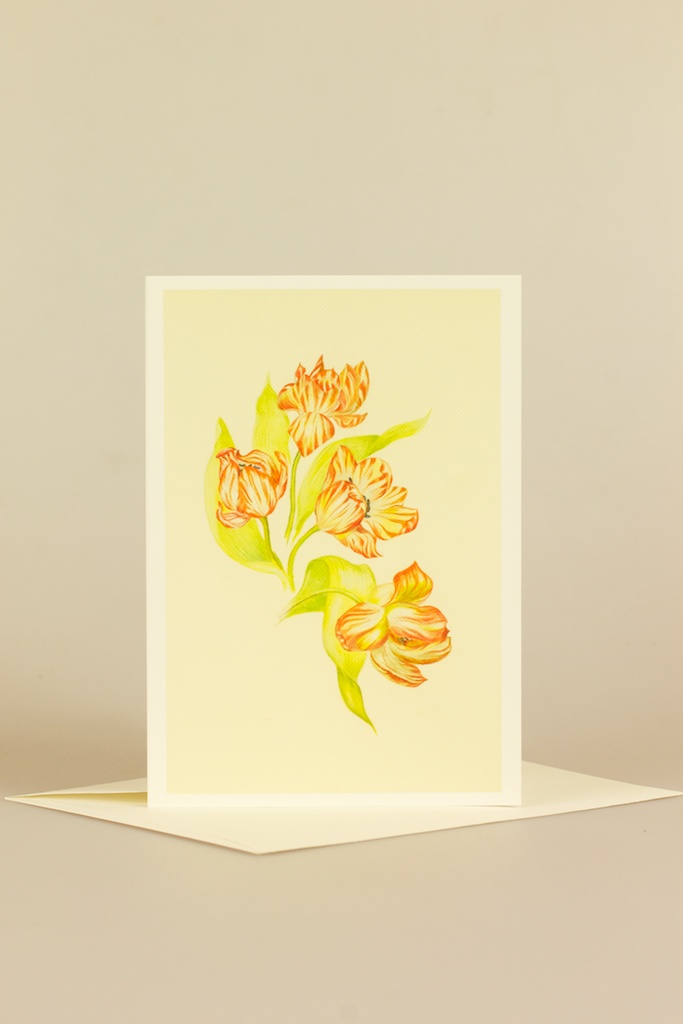
USE YOUR ERASER
Isn’t the purpose of an eraser to take away supporting lines and unwanted spots? Yes, of course, an eraser comes in handy when you make a mistake. However, you can also draw with an eraser. Imagine you want to create a texture. You can do this by drawing lines of dots that show the fabric of a pattern, for instance the nerves of a tree leaf. But you can also first fill a leaf with a dark tone and use the eraser to draw nerves. And you know what is very beautiful? Doing both, drawing highlighting lines and adding lighter areas in otherwise shaded sections. This creates beautiful illusions. Have a few different shaped erasers to help you: one that has a round top, one that is thinner and can be used to draw lines. Next to pencils and a drawing pad, invest in a few erasers as well. It will help you to create beautiful details.
YOUR MISTAKES ARE YOUR SIGNATURE
Drawing is not a mathematical exercise, unless of course you are working on an architectural or archaeological drawing which is about facts, measurements, and right angles. It is often charming when you are making the same mistakes again and again because this is your signature. Viewers start to recognize your style not only by your style but also by identifying (consciously or subconsciously) your mistakes. It is not that I say stop teaching and correcting yourself, stop improving your skills. It is just that tiny mistakes can be your truly charming style and why erase them? Your drawing or artwork is not made by a robot nor by Da Vinci.
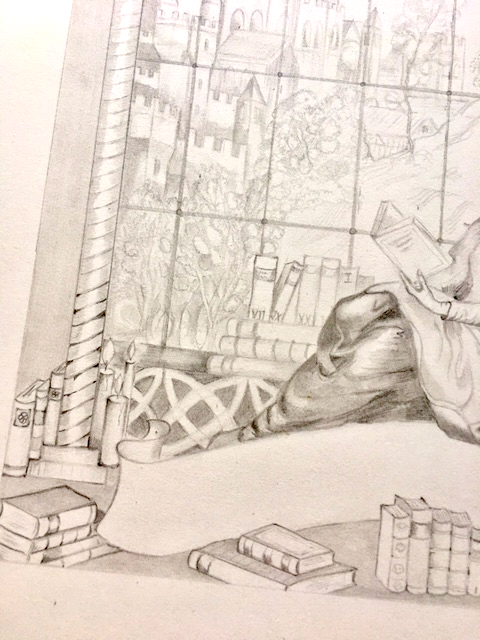
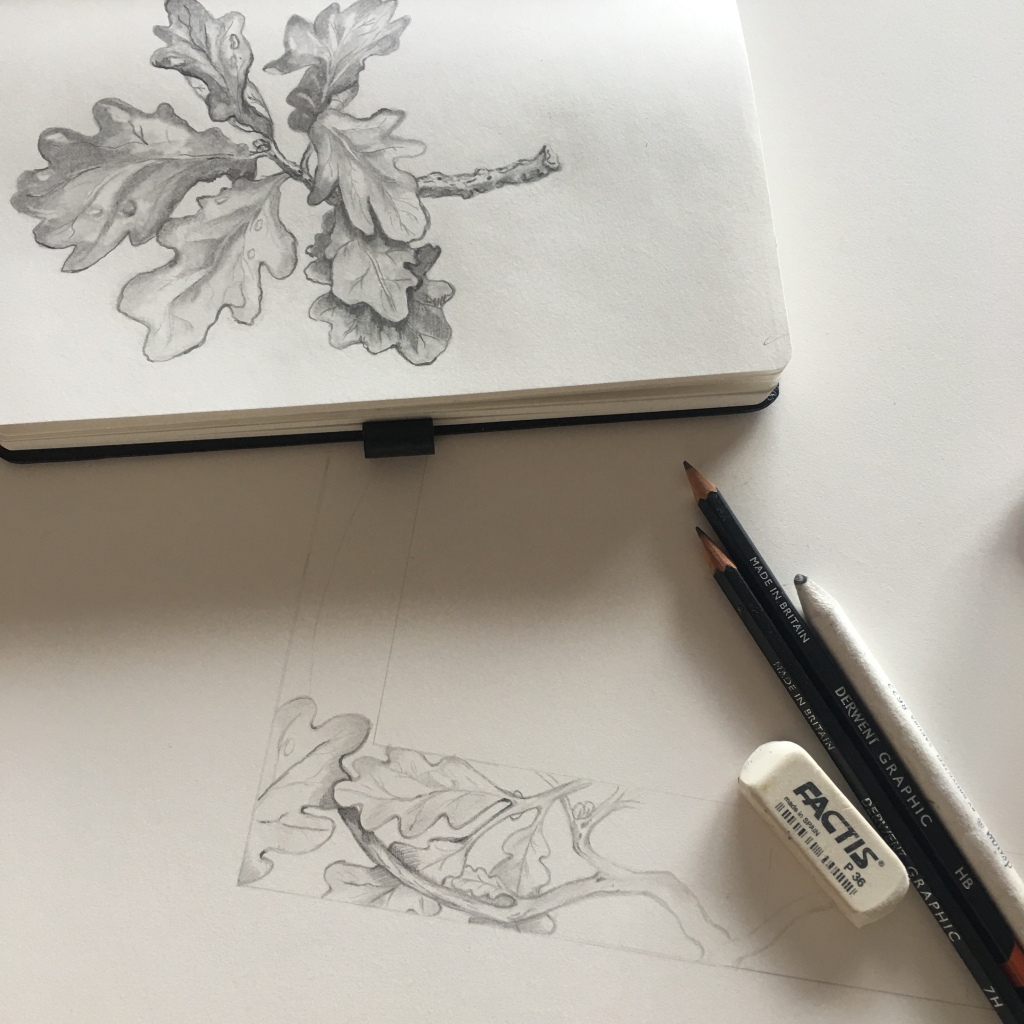
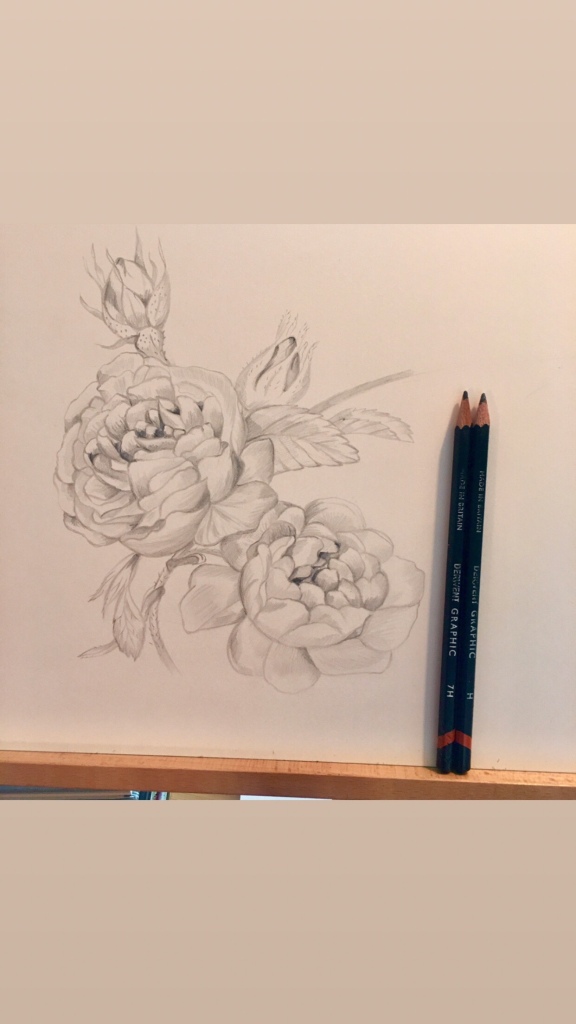
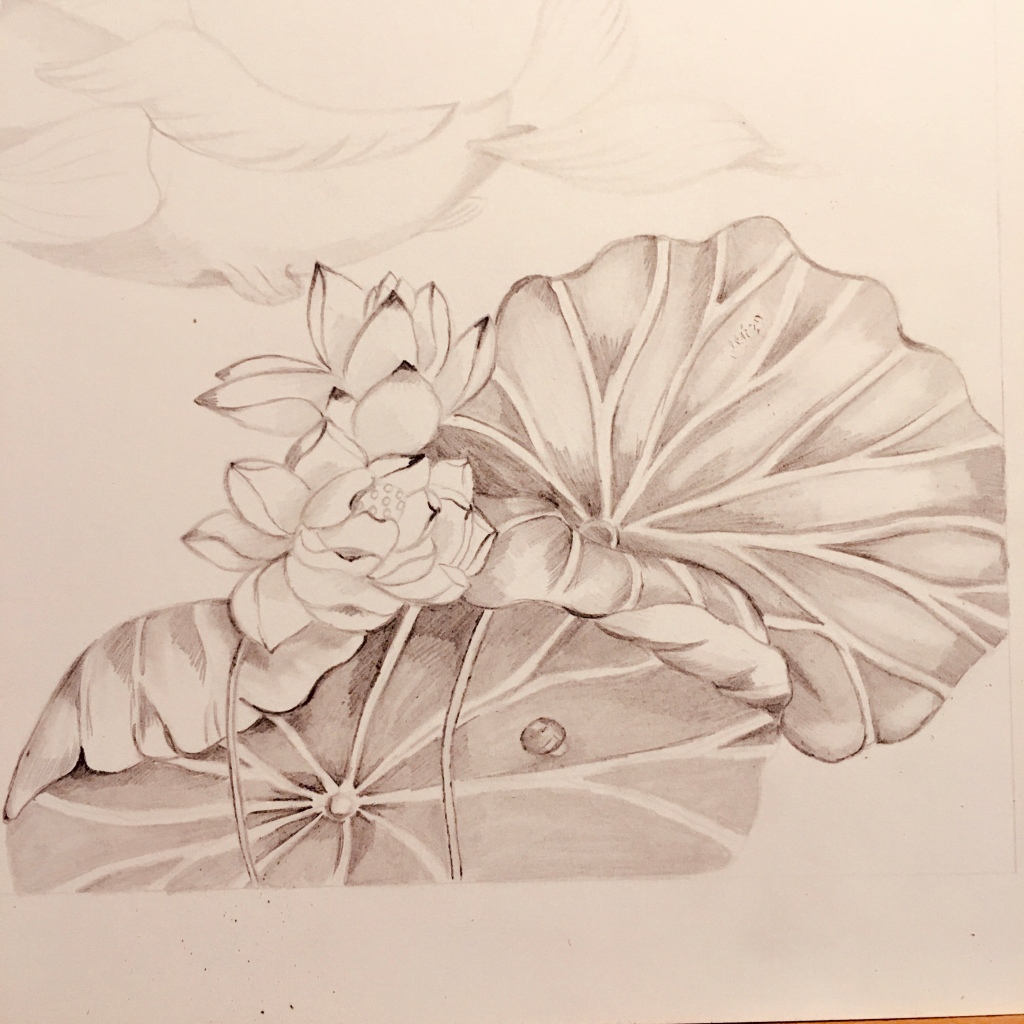
STUDY YOUR MASTER’S ARTWORKS
How to learn without having Botticelli around? How to improve your drawing skills? Listen to feedback by fellow artists and copy artists you admire. Make studies of artwork that you admire. By copying these, you are pushed out of your comfort zone and you will learn so much. Remember that apprentices in Renaissance workshops of respectable masters received training of several years. They started taking care of tools, moved on to doing handyman work. Later they were allowed to mix pigments, or trace artwork. Only a few and the very best worked closely to the master. How can we copy this classical training? By copying masterpieces and seeing what trouble we run into. You will notice improvements straight away.
ARE YOU IN NEED OF ADVICE?
Are you in need for advice? Feel free to contact me via the contact form. Perhaps I am able to give advice.
Paula Kuitenbrouwer
At Etsy
At Instagram
RELATED AND LATEST POSTS
- The Artist’s Life
- Swedish Death Cleaning or Döstädning & Dementia
- Swedish Death Cleaning Part 3.
- Swedish Death Cleaning Part 2.
- Self Portrait

